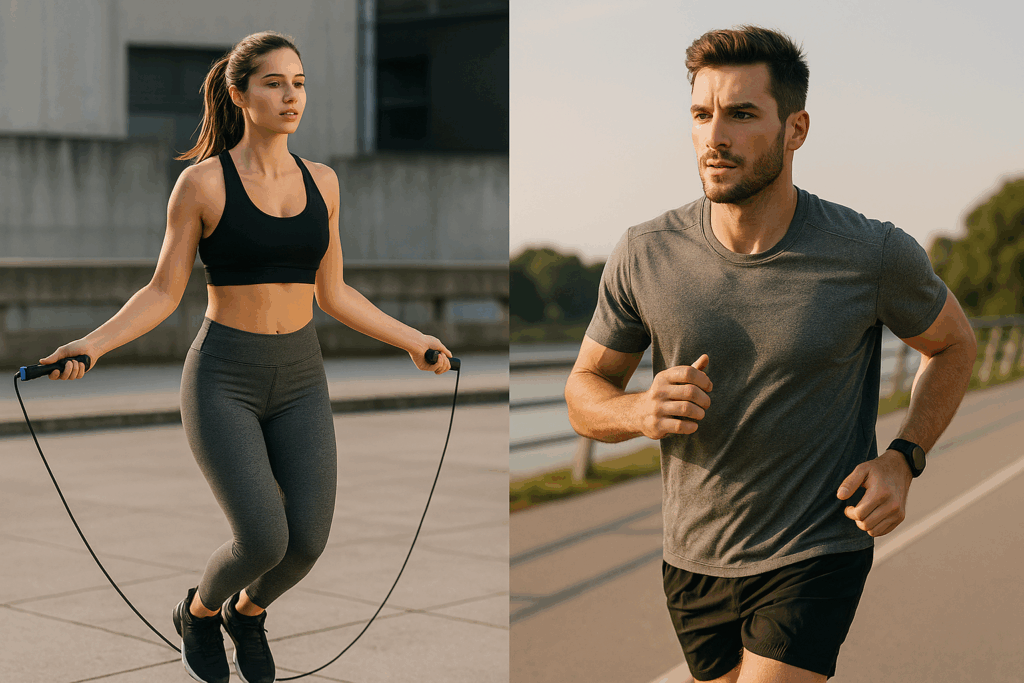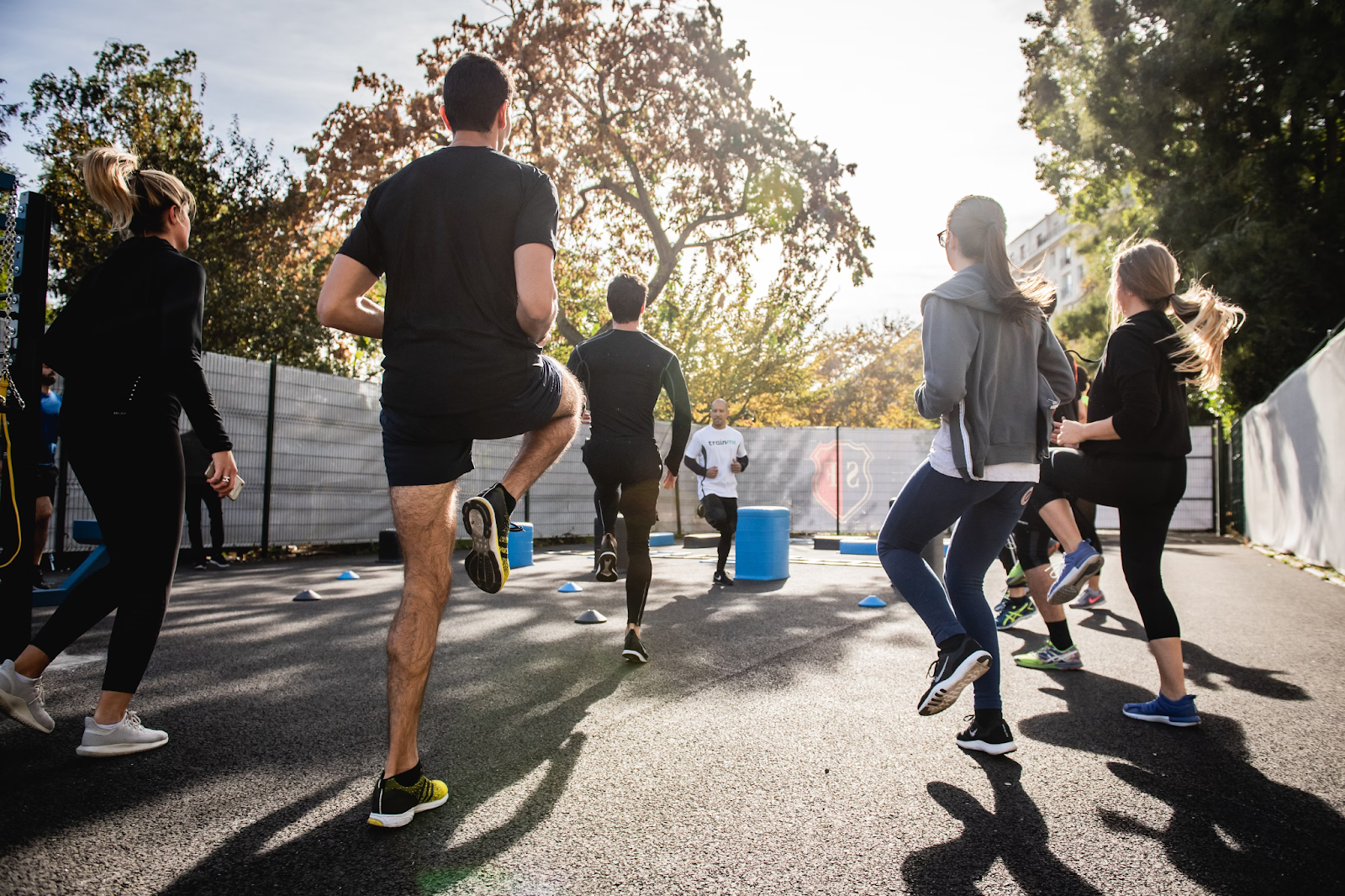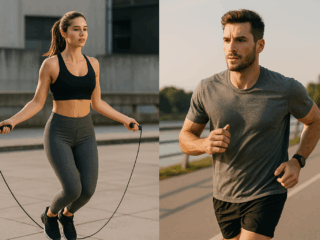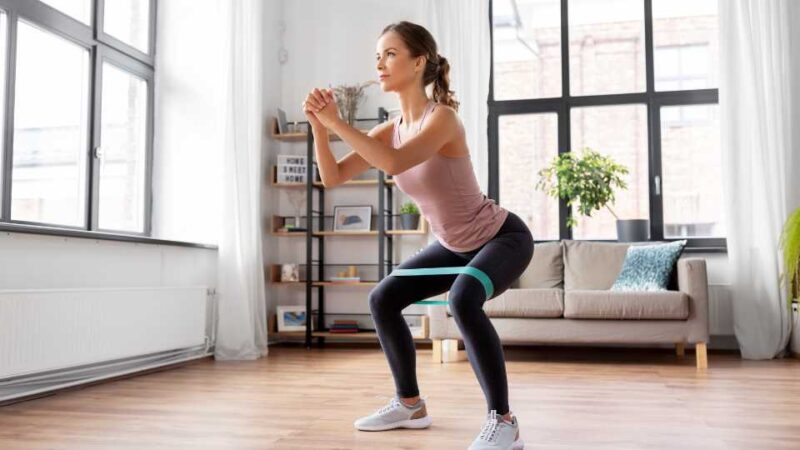
Functional training has gained tremendous popularity in recent years, and for good reason. It focuses on movements that mimic real-life activities and sports-specific actions, helping you improve strength, balance, and coordination simultaneously. One of the most effective ways to enhance functional fitness is by incorporating a weighted vest into your routine. Weighted vest functional fitness training allows you to challenge your body in new ways, promoting better athletic performance, stability, and agility. Whether you are an athlete, a fitness enthusiast, or someone simply looking to improve everyday mobility, using a weighted vest can bring noticeable results.
Weighted vests, also known as weights vests, training vests, or fitness vests, come in a variety of designs and weights. From light resistance vests suitable for beginners to heavy weight vests designed for advanced strength and endurance training, there is a vest for every fitness level. A weighted vest distributes additional weight evenly across your torso, increasing the intensity of your exercises without needing complex equipment. This makes it an ideal tool for functional training, which emphasizes full-body movement patterns and natural motion.
Why Weighted Vest Functional Training Works
Functional training with a weighted vest focuses on improving how your body moves in everyday situations or sports contexts. Unlike traditional strength training that often isolates muscles, functional exercises engage multiple muscle groups at once. For example, movements like lunges, squats, or push ups performed with a weighted vest require your core, legs, and upper body to work together to maintain stability. This multi-dimensional engagement strengthens muscles and improves neuromuscular coordination, which is crucial for balance and agility.
Adding a weighted vest increases resistance in these movements, forcing your muscles and joints to adapt to a higher workload. This adaptation improves muscular endurance, joint stability, and proprioception—the body’s ability to sense its position in space. Athletes can particularly benefit from this, as it translates to improved performance in sports that demand quick changes in direction, explosive movements, and strong core stabilization. Even for non-athletes, weighted vest functional fitness enhances posture, coordination, and overall mobility, making daily activities easier and safer.
Choosing the Right Weighted Vest
Selecting the right vest is essential for safe and effective training. Weighted vests vary in design, material, and capacity. Training vests and gym vests often come with adjustable weights, allowing you to increase resistance gradually as your strength and balance improve. A fitness vest or heavy weight vest provides more challenge for advanced users who are accustomed to high-intensity functional workouts.
When selecting a vest weight, consider your current fitness level and the types of exercises you will perform. Beginners might start with a vest that adds 5% to 10% of their body weight, while more experienced individuals can work with heavier loads. Proper fit is also important. A vest that shifts or bounces during movement can interfere with balance and reduce the effectiveness of the exercise. Make sure the vest is snug, comfortable, and allows full range of motion for functional movements such as lunges, jumps, and twists.

Functional Movements Enhanced by Weighted Vests
Weighted vest training can be applied to a wide variety of functional exercises. Lunges, squats, and step-ups are excellent examples. Performing these movements with a vest increases resistance on the lower body while engaging the core for stabilization. This improves balance, coordination, and lower body strength simultaneously. Jumping exercises, including box jumps or lateral bounds, become more challenging with additional weight, enhancing explosive power and agility.
Upper body functional exercises, such as push ups or pull ups, also benefit from a weighted vest. The vest increases the load on the chest, shoulders, and arms, while the core works to maintain stability. Even rotational movements, like medicine ball twists or torso rotations, are more effective with added vest weight, as the body must resist the momentum and control movement more precisely. This combination of resistance and stabilization mimics real-life scenarios where strength, balance, and coordination are all required at once.
Progressions and Safety
Functional training with a weighted vest should follow progressive overload principles to maximize benefits while minimizing risk. Start with basic bodyweight movements while wearing a light vest. Focus on maintaining proper form, controlled motion, and balance. Once you can perform multiple repetitions comfortably, gradually increase the vest weight or introduce more complex movements.
For example, you might begin with bodyweight squats and lunges wearing a 5-pound vest. After several weeks, increase the weight or add dynamic variations such as jump squats or walking lunges. Incorporating movements that challenge stability, like single-leg exercises, can enhance balance further. Advanced users might explore plyometric or rotational exercises while wearing heavier vests, which significantly improve agility and athletic performance.
Safety should always come first. Weighted vest training increases stress on joints and muscles, so proper warm-up, mobility exercises, and cool-down routines are essential. Avoid lifting heavier than you can control, and focus on quality of movement rather than quantity of repetitions. Listen to your body, rest when needed, and ensure the vest is securely fastened to prevent shifting during exercise.
Athletic Performance Benefits
Functional training with a weighted vest is particularly beneficial for athletes. Sports often require rapid changes of direction, quick bursts of speed, and strong core stability. Using a weighted vest during drills or conditioning exercises enhances these abilities. For example, performing agility ladder drills or shuttle runs with a vest increases lower body strength, speed, and coordination. Core muscles work harder to stabilize the torso during rapid lateral movements, improving balance under dynamic conditions.
Even non-athletes can benefit significantly from weighted vest functional fitness. Balance and stability improvements reduce the risk of falls and injuries in daily life. Stronger muscles and better joint control make activities such as climbing stairs, lifting objects, or walking on uneven surfaces easier and safer. In addition, the increased energy expenditure from added resistance can improve cardiovascular fitness and aid in weight management.
Integrating Weighted Vests into Your Routine
Weighted vest functional training is highly versatile and can be incorporated into many fitness programs. It can complement strength training, cardiovascular workouts, and flexibility exercises. For a full-body functional session, combine weighted squats, lunges, push ups, and core rotations. Add lateral movements and jumps to challenge agility and coordination. Circuits or interval training formats work well, as they maintain intensity while promoting muscular endurance and cardiovascular conditioning.
For individuals focused on balance, single-leg exercises and dynamic stability drills are particularly effective. Step-ups, split squats, or single-leg deadlifts with a vest force the body to stabilize under asymmetric loads. For agility, plyometric movements and change-of-direction drills are ideal. Incorporating weighted vest exercises a few times per week can lead to noticeable improvements in functional performance, balance, and overall physical capability.
Common Mistakes and How to Avoid Them
One common mistake in weighted vest functional training is prioritizing weight over form. Using a heavy vest too early can compromise technique, reduce effectiveness, and increase injury risk. Start with manageable weight and focus on controlled, precise movements. Another error is neglecting mobility and flexibility work. Weighted exercises increase stress on muscles and joints, making stretching, mobility drills, and proper warm-ups essential. Additionally, failing to secure the vest properly can cause shifting or bouncing during exercise, disrupting balance and stability. Always check fit and adjust straps as necessary.
Another consideration is recovery. Weighted functional training can be demanding, so allow adequate rest between sessions. Overtraining can lead to fatigue, soreness, and diminished performance. Gradually increasing both weight and complexity ensures steady progress while minimizing the risk of injury.
Tips for Maximizing Results
To get the most from weighted vest functional fitness, it’s important to be consistent, track progress, and challenge yourself progressively. Keep a training log to monitor increases in vest weight, repetitions, and movement complexity. Include a variety of exercises that target different planes of motion, ensuring balanced development of strength, balance, and agility. Combining lower body, upper body, and core movements enhances overall performance and functional capability.
Nutrition and recovery are also key components. Eating a balanced diet that supports muscle growth and repair will complement your training. Adequate sleep and active recovery, including light movement and stretching, help maintain joint health and prevent overuse injuries.
Conclusion
Weighted vest functional training is an effective, versatile, and accessible way to improve balance, agility, and athletic performance. By adding a weighted vest, whether a training vest, gym vest, or heavy weight vest, to functional exercises, you increase resistance, engage stabilizing muscles, and challenge the body in dynamic ways. This approach strengthens multiple muscle groups, enhances coordination, and improves overall movement efficiency.
Whether you are an athlete aiming to improve performance, a fitness enthusiast seeking a new challenge, or someone wanting to improve daily mobility and balance, weighted vest functional fitness offers measurable benefits. By starting with manageable weight, progressing carefully, and focusing on controlled movements, you can safely enhance your strength, stability, and agility. Incorporating a variety of exercises into your routine ensures comprehensive development, making weighted vest training a powerful tool for anyone looking to maximize functional fitness and achieve long-term results.












